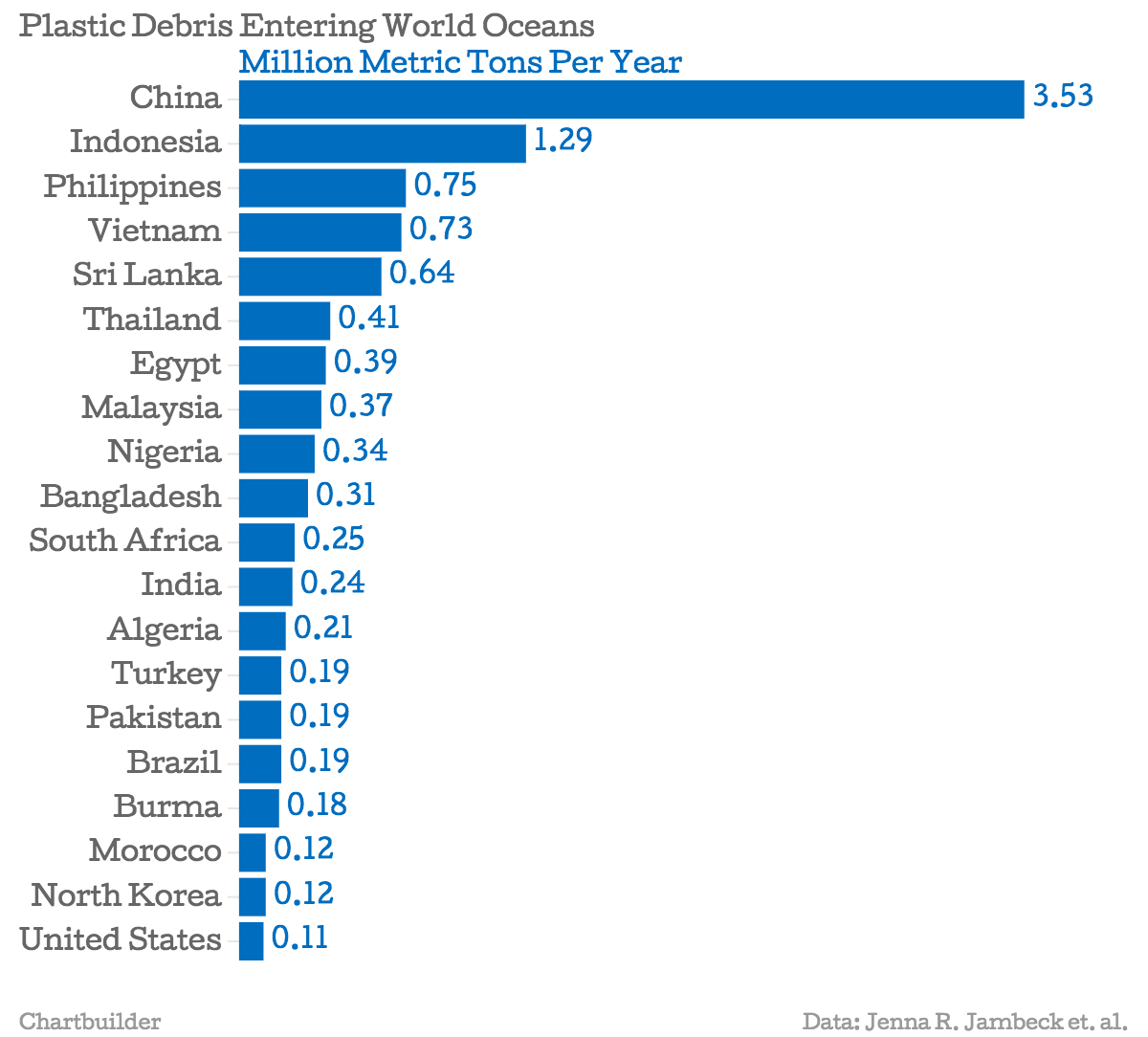Opinion on Straws
- Jill Lemon
- Aug 12, 2018
- 4 min read
Recently, I’ve been asked about my opinion on the “straw bans” that are popping up on social media and pushed for by advocates in cities. Personally, I support the various campaigns to limit access to all single-use plastic products. My career in the USCG focused on marine pollution. It was my job to enforce national and international laws regarding pollution; and also, devise ways to protect the environment and clean up spills. Now my role as a marine science educator is to research and communicate ocean science and threats, like plastics in the ocean, to the community. Since expressing ideas is a critical skill for science (and all) students, I'd like to present my opinion on straws.
(For Educators: Task Students to research a current pollution regulation or proposition and present an opinion for or against it based on the science)
A sample of water from the North Pacific Garage Patch taken by Algalita resulted in the ratio of 28:1 for the amount of plastic to the amount of plankton in the ocean in that location. Humans need to change their habits with plastic, and the recent focus on single-use plastic straws might provide a catalyst to cause change. Chemistry students will note that catalysts are not themselves directly involved in the desired reaction, they are there to initiate it or speed up the process.
Plastics enter the ocean from two kinds of streams—waste streams, the movement of trash, and water streams as part of the natural watershed. Excessive use and improper disposal of plastics leads to more waste than we can manage, and the straw bans aim to focus on the excessive use piece of the equation. Half of all plastic manufactured becomes trash in less than a year, as our society is based on convenience and disposability. Plastic straws from a restaurant will be used for less than an hour but will take 200 years to decompose.
Studies suggest that America is contributing between .11 and .3 million metric tons of plastic into in the ocean each year. Although we are not the most significant contributor to ocean plastics,.11 million metric tons is the same as the US adding the weight of 610 full grown Blue Whales of plastic into the ocean each year. With the growth rate of the species at around 5%, we are adding more “trash whales” than the species can add real whales. Evening distributed among the 325.7 million people in the US, that’s .75 of a pound of mismanaged plastic per person. This is plastic is mismanaged when our waste streams are overwhelmed or not used with the daily deluge of single-use plastics.
And when the waste streams can’t handle the plastics, it flows into the water streams or watersheds. Watersheds, or systems of water movement, move plastics to the ocean. According to A Plastic Ocean, a documentary made by Craig Leeson in 2016, 80% of the plastic that ends up in the ocean comes from land-based sources. When someone litters on the street or parking lot, rainwater can move the trash into storm drains that empty into streams, rivers, and other bodies of water. The Los Angeles River Watershed encompasses 824 square miles; the river is 55 miles long. Any trash that is loose within that area leads to Long Beach Harbor and the Pacific Ocean.
But even when plastics are adequately disposed of in a trash can or recycle bin, they still tax our waste streams and natural resources. The plastic used to make the straw could have been used to make other plastic products and instead will live forever in a landfill after one use. Dr. Sylvia Earle, a leading marine biologist and now a spokeswoman for the ocean elaborates on the idea of plastic disposal with, “We think that when put something in the trash … that it “goes away.” Ah! We’re now free of the plastic…There is no “away” that you can put things and expect that they’re really away.” – Dr. Sylvia Earle, A Plastic Ocean. According to a recent study of plastic production, use and fate published in Science Advances Journal, only 9% of plastic ever created has been recycled, leaving the remaining 91% to exist somewhere in the world. Again, there is no “away.”

The sequence of plastics in the ocean starts with the consumption of plastic products, and it stops with our ending our habits with plastic products. Think about Dr. Earle’s message, there is no place named Away on our maps. Plastics are made because we consume them; there’s a demand for plastic straws. Do you think about where your trash will go before you make it? Because it goes into the ocean. Is the straw bans the solution to the problem of trash in the ocean? For sure no; but it is a start to changing the habits and perspective of single-use plastic products. Scientists are predicting that there will be more plastic than fish by weight in the ocean by 2025. And although the US is not the most significant contributor, we are contributing to the plastic in the sea. Maybe behavior can change with something as small as not using straws anymore. There’s a reason that Reduce is listed first in the Three R’s, and that is because it’s the first step to managing waste—make less of it.







More mass of plastic in the ocean than fish by 2025. Ouch!